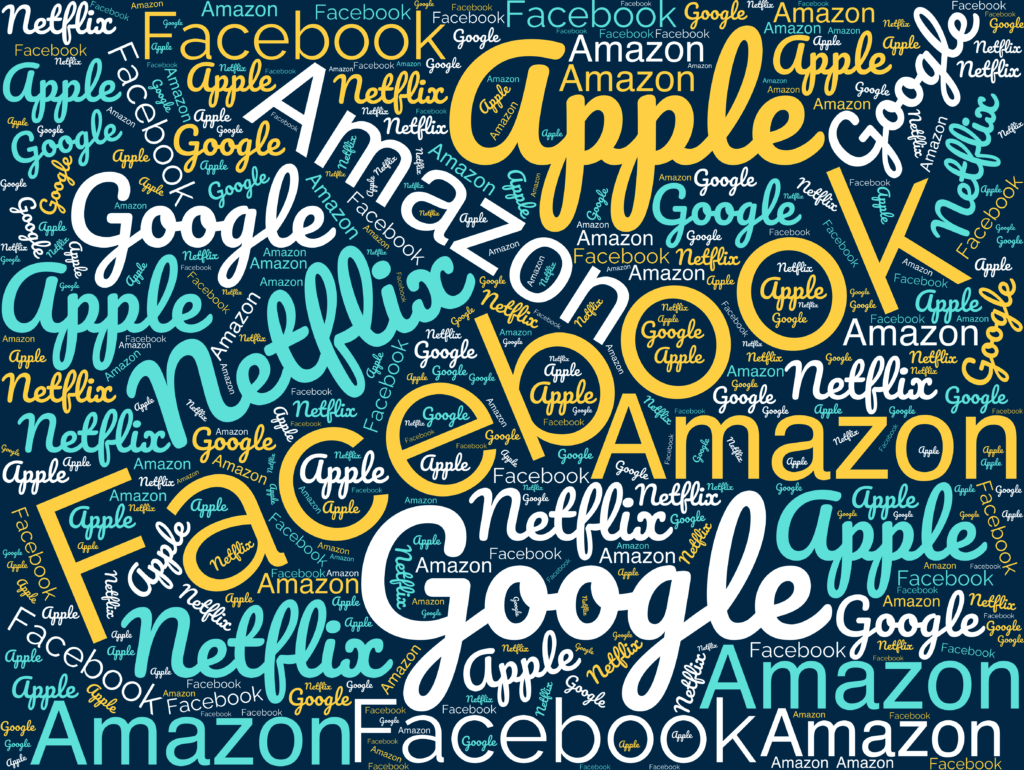
FAANG Explained: Why Microsoft Isn’t on the List
FAANG is a popular acronym representing five major tech companies: Facebook (now Meta), Amazon, Apple, Netflix, and Google (now Alphabet). These companies have become synonymous with innovation, growth, and influence in the tech industry. However, one notable giant is absent from this list—Microsoft.
As one of the most influential and valuable companies in the world, Microsoft’s exclusion from FAANG often sparks curiosity. In this article, we’ll explore the history of FAANG, why Microsoft is not part of the acronym, and how Microsoft remains a dominant force in the tech landscape.
What Is FAANG?
FAANG originated as a stock market acronym to represent five high-performing tech companies that were driving significant market growth and reshaping industries.
The term was first coined by Jim Cramer, a CNBC host, in 2013. Originally called FANG (Facebook, Amazon, Netflix, and Google), Apple was later added to reflect its massive market influence, expanding it to FAANG.
Why Isn’t Microsoft Included in FAANG?
Despite being a tech powerhouse, Microsoft is absent from the FAANG acronym for several reasons:
1. Timing of the Acronym’s Origin
When FAANG was coined in the early 2010s, the acronym specifically referred to tech companies experiencing rapid growth in user adoption, stock value, and market influence at that time.
- Microsoft’s Market Position:
At the time, Microsoft was already a well-established company but wasn’t experiencing the explosive growth seen in companies like Amazon and Netflix. Its stock performance was steady but not comparable to the meteoric rise of FAANG companies during that period. - Focus on Consumer Tech:
FAANG primarily highlighted companies transforming consumer-facing technologies, such as social media, e-commerce, entertainment streaming, and online search. Microsoft, though influential, was more associated with enterprise solutions (e.g., Windows, Office, Azure) rather than consumer-focused trends.
2. Microsoft’s Legacy Status
Microsoft is often seen as part of an older generation of tech companies, alongside names like IBM and Oracle.
- Pre-FAANG Tech Giant:
By the time FAANG gained popularity, Microsoft was already a cornerstone of the tech industry, founded decades earlier (1975). In contrast, FAANG companies emerged later, representing a new wave of disruptive innovation. - Public Perception:
FAANG companies were viewed as “new school” innovators that shifted paradigms in social interaction, shopping, entertainment, and cloud computing. Microsoft’s long-standing presence in software and enterprise made it feel more traditional by comparison.
3. Stock Market Categorization
FAANG has strong ties to the stock market, specifically highlighting companies driving growth in the consumer tech sector.
- Microsoft’s Stock Classification:
While FAANG companies were listed as growth-oriented stocks in sectors like communications and consumer discretionary, Microsoft was often classified under technology and enterprise services. - NASDAQ Dominance:
Although Microsoft is a dominant player in the NASDAQ and S&P 500, FAANG was meant to capture the emerging dominance of companies shifting digital culture, which was distinct from Microsoft’s core offerings.
Microsoft’s Role in Tech: FAANG Excluded but Still Dominant
While Microsoft isn’t part of FAANG, its absence from the acronym doesn’t diminish its influence. Microsoft has consistently proven its ability to adapt and innovate, particularly in the following areas:
1. Enterprise Leadership
Microsoft dominates in enterprise solutions with its Office suite, Azure cloud services, and enterprise tools like Teams and Dynamics.
2. Gaming Industry
With Xbox and its acquisition of companies like Bethesda and Activision Blizzard, Microsoft is a major player in gaming.
3. Cloud Computing
Azure has established Microsoft as one of the top competitors in the cloud industry, rivaling Amazon Web Services (AWS).
4. AI and Emerging Technologies
Microsoft’s investments in AI, including its partnership with OpenAI (creators of ChatGPT), position it at the forefront of the next wave of tech innovation.
Should FAANG Be Expanded to Include Microsoft?
Some argue that FAANG should evolve into a broader acronym, such as MAANG (adding Microsoft) or MAMAA (Meta, Apple, Microsoft, Amazon, Alphabet), as suggested by former Twitter CEO Jack Dorsey.
However, acronyms often stick for convenience and familiarity. FAANG has become a shorthand for companies driving specific cultural and technological trends in the 2010s, even if it doesn’t fully represent the tech industry’s most influential players.
Conclusion
Microsoft’s exclusion from FAANG stems largely from the acronym’s origins, focus, and timing rather than a lack of relevance or influence. In reality, Microsoft’s consistent performance, innovation, and market leadership make it one of the most significant players in the tech world.
While it might not be part of FAANG, Microsoft’s impact on technology and culture is undeniable. Whether you’re using Windows, enjoying Xbox games, or leveraging Azure for your business, Microsoft remains a cornerstone of the digital age.